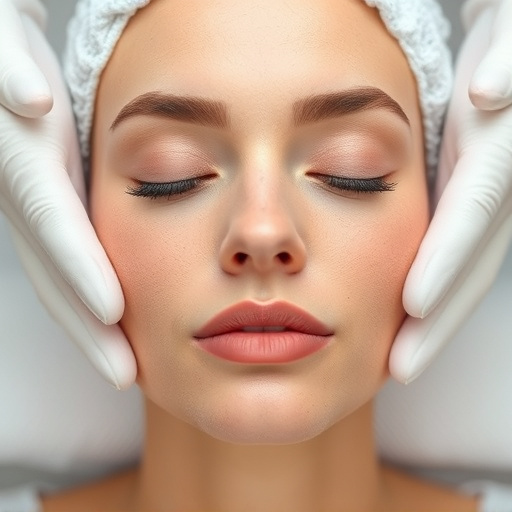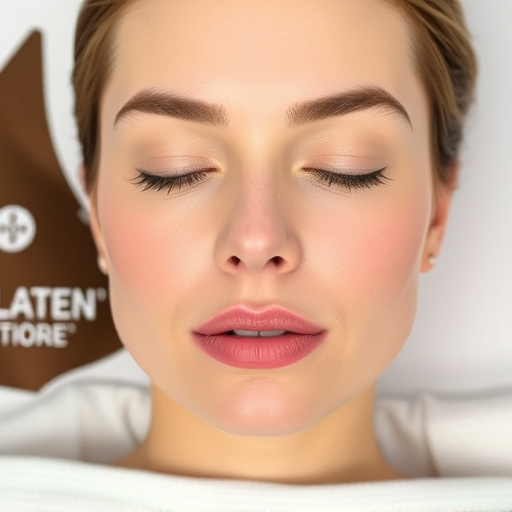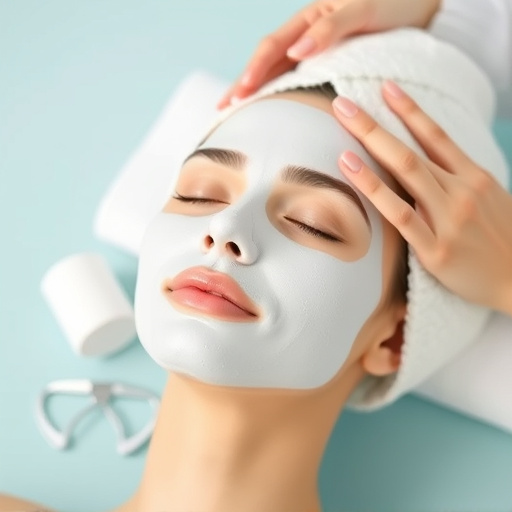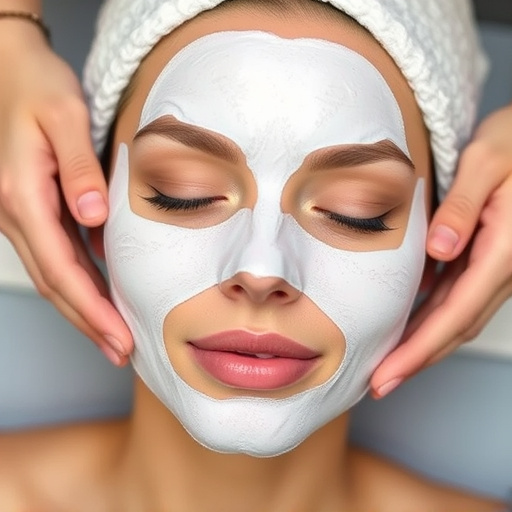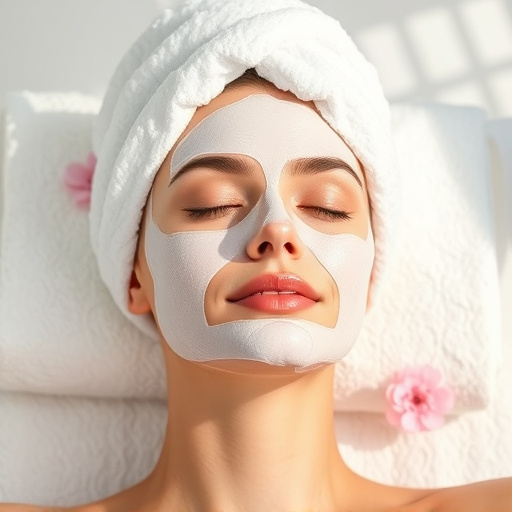Understanding your skin type is crucial when considering a mattifying facial treatment. Oily skin benefits from shine control and reduced pore appearance, while dry skin needs hydration and nourishment. Regular visits to a medical spa offering services like laser hair removal and skin tightening enhance skincare routines for a healthy glow. Recognize signs of needing a mattifying facial, such as excessive oiliness, tight skin, enlarged pores, or lack of radiance. Compare current skin conditions with past treatments to determine the best course of action. Optimal treatment timing varies by skin type and lifestyle: bi-weekly for oily/combination, bi-monthly for normal/dry, adjusting based on skin response and seasonal changes for a balanced routine.
“Unsure about your next beauty appointment? Discover the perfect time to schedule a mattifying facial treatment based on your skin’s unique needs. This guide breaks down key considerations, from identifying your skin type and understanding its requirements to recognizing the subtle signs that indicate a refreshing mattifying facial is in order. Learn the optimal timing and frequency for these treatments, ensuring you achieve a balanced, radiant complexion.”
- Understanding Your Skin Type and Needs
- Recognizing the Signs for a Mattifying Facial
- Timing and Frequency of Mattifying Facials
Understanding Your Skin Type and Needs

Understanding your skin type is a crucial step in deciding when to schedule your next mattifying facial treatment. Different skin types, such as oily, dry, or combination, require tailored care. For instance, if you have an oily skin type, a mattifying facial treatment can help control shine and reduce the appearance of pores. On the other hand, those with dry skin might benefit from treatments that hydrate and nourish their complexion.
Knowing your skin’s specific needs will ensure that the mattifying facial treatment is effective and beneficial. Regular visits to a medical spa offering services like laser hair removal and skin tightening can be part of your skincare routine, providing ongoing support for a healthy, radiant glow.
Recognizing the Signs for a Mattifying Facial

Recognizing the signs that your skin needs a mattifying facial treatment is crucial for maintaining optimal skin health. One clear indicator is excessive oiliness or shine, particularly in areas like the T-zone (forehead, nose, and chin). If you notice that your makeup tends to slide off or your skin feels tight and dull after a few hours, it’s a sign that your pores might be clogged and in need of clarification.
Additionally, the appearance of enlarged pores, blackheads, or whiteheads can point towards the necessity of a mattifying facial treatment. Uneven skin texture, lack of radiance, or a generally dull complexion are also indicators that your skin could benefit from this type of treatment, which focuses on deep cleansing and pore refinement to restore a balanced, matte finish. Comparing your skin’s condition with its previous state after hydrating facials or skin brightening sessions can help you identify when a mattifying facial is the best course of action for maintaining healthy, vibrant skin.
Timing and Frequency of Mattifying Facials
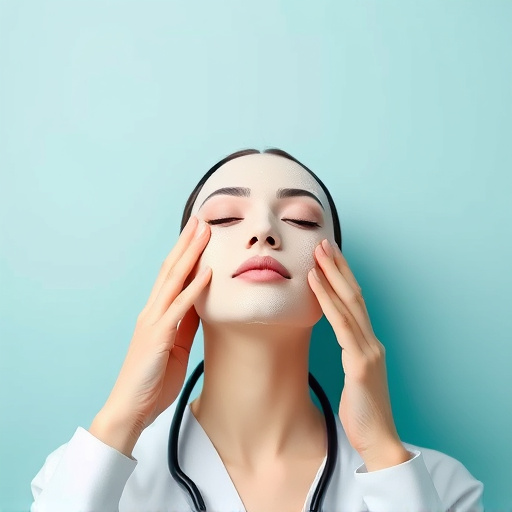
The timing and frequency of your mattifying facial treatment depend on various factors, including your skin type and lifestyle. Oily or combination skin types may benefit from more frequent visits, typically every 4-6 weeks, to maintain a balanced complexion. For those with normal or dry skin, a bi-monthly schedule is often suitable, paired with an occasional deep cleaning or hydrating facial to address specific concerns. Non-surgical treatments like mattifying facials offer a gentle and effective way to enhance your skincare routine, working in harmony with your daily practices.
Aesthetic treatments, when tailored to your needs, can provide long-lasting results. While some facilities may recommend monthly sessions for optimal effects, it’s important to listen to your skin’s cues. If your skin appears refreshed and your oil levels are manageable between visits, adjust the frequency accordingly. Additionally, considering seasonal changes can be beneficial; during warmer months when humidity is high, you might need more frequent mattifying facials, whereas in drier seasons, a balanced schedule with occasional hydrating facials could suffice.
Knowing when to schedule your next mattifying facial treatment depends on understanding your skin type, recognizing signs of excess oil or buildup, and timing it right. Typically, a mattifying facial every 4-6 weeks is recommended for most skin types. However, if you have oily or combination skin, you may need more frequent treatments. Always consult with a professional esthetician to determine the best schedule for your unique skin needs, ensuring optimal results and maintaining a clear, balanced complexion.


